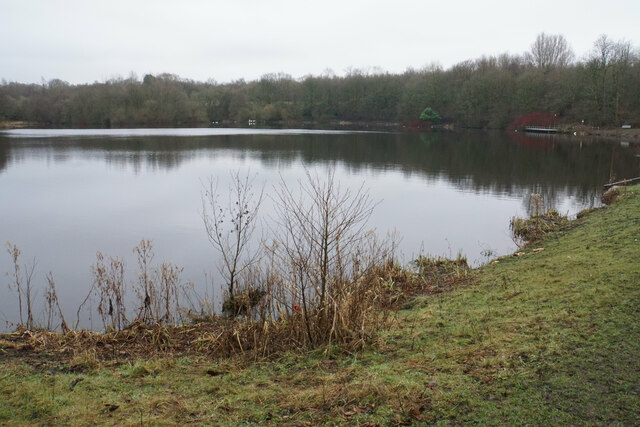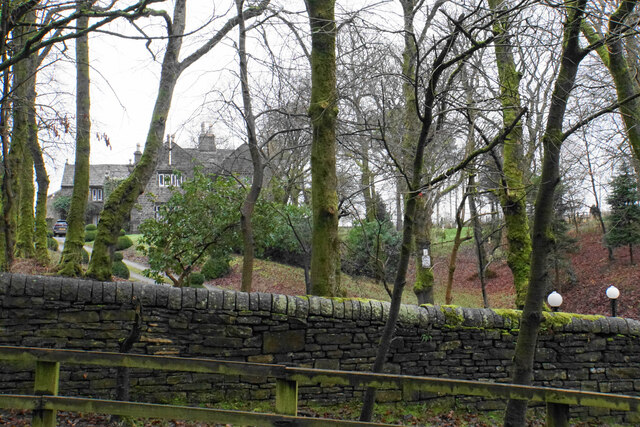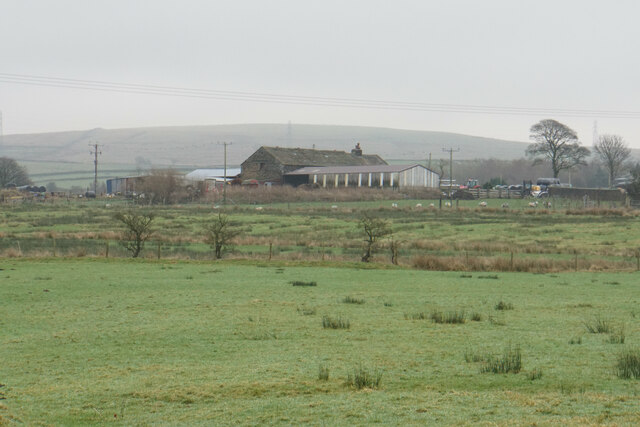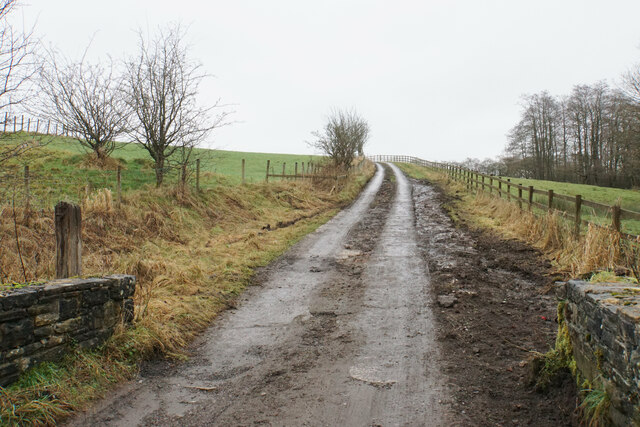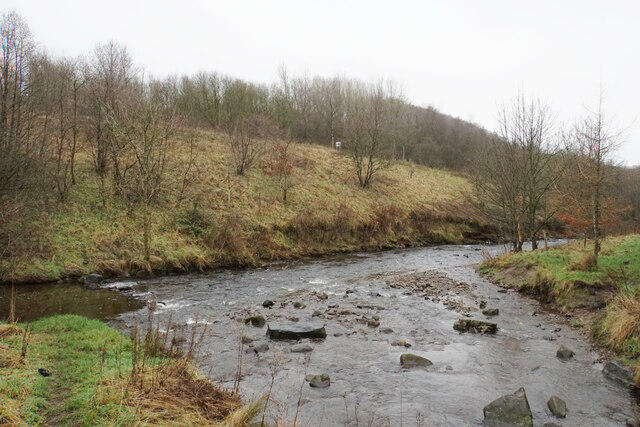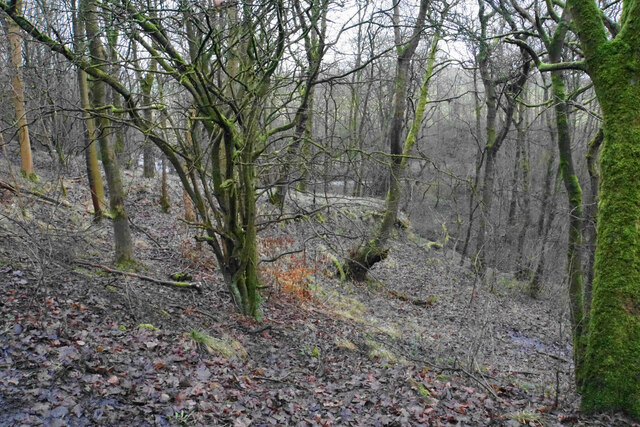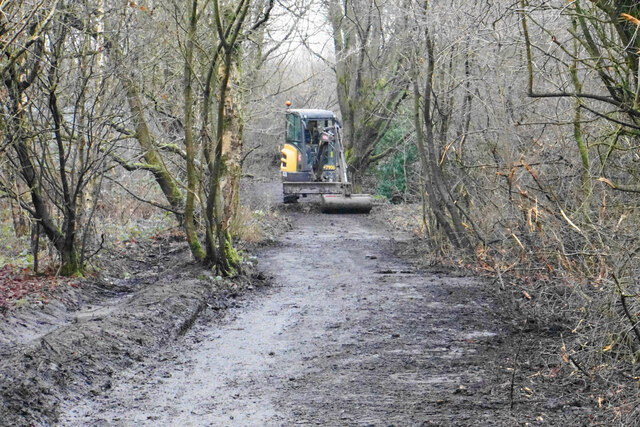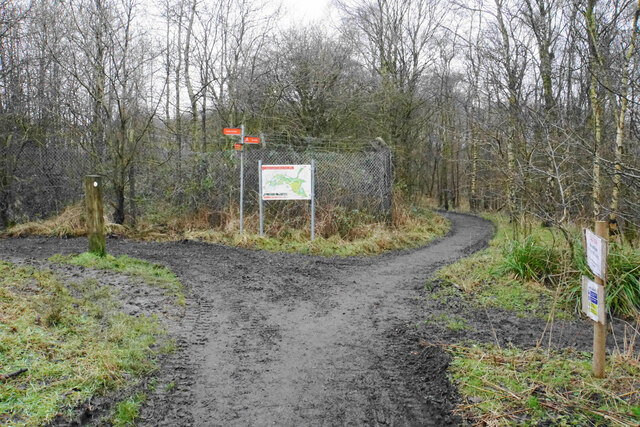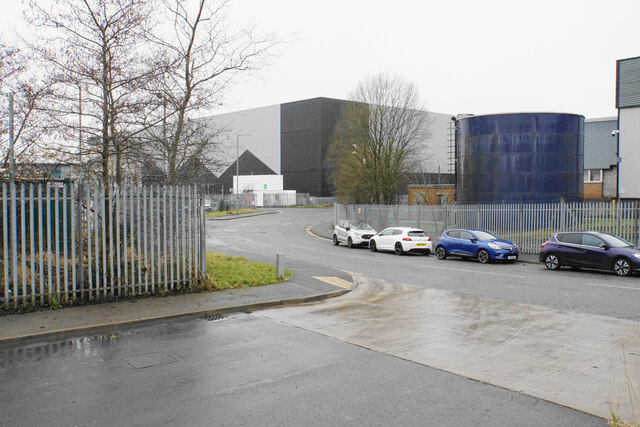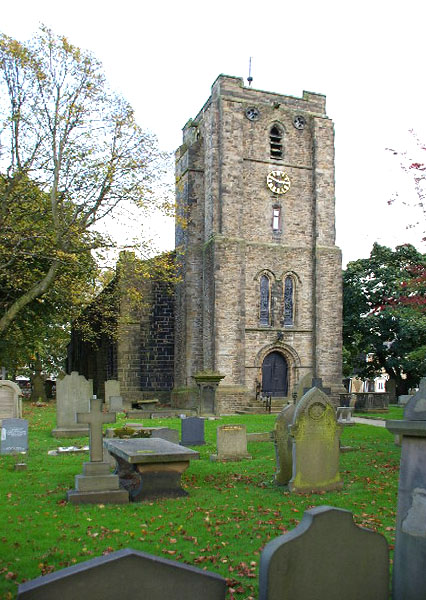Extwistle Hill
Hill, Mountain in Lancashire Burnley
England
Extwistle Hill
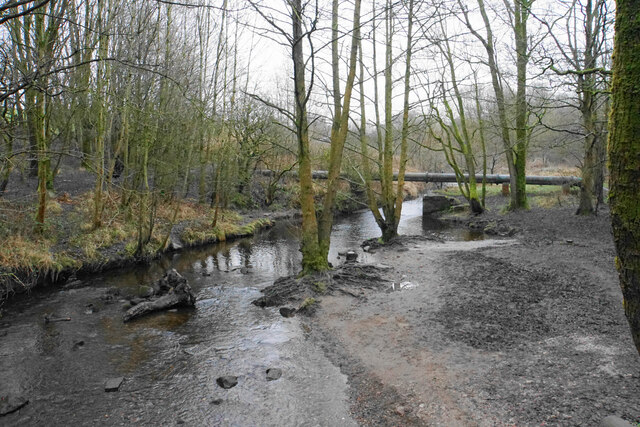
Extwistle Hill is a prominent hill located in the county of Lancashire, England. Situated near the town of Burnley, it is a notable landmark in the region, offering picturesque views and a natural beauty. While not classified as a mountain, it stands at an elevation of approximately 337 meters (1,106 feet) above sea level, making it one of the highest points in the area.
Covered in lush greenery, Extwistle Hill is part of the extensive Pennine Hills, which stretch across Northern England. Its slopes are adorned with a mix of heather, grasses, and woodland, creating a diverse habitat for a variety of plant and animal species. The hill is particularly known for its rich birdlife, with species such as the skylark and meadow pipit often spotted in the area.
Extwistle Hill is a popular destination for outdoor enthusiasts and nature lovers. Several footpaths and trails traverse the hill, providing opportunities for walking, hiking, and exploring its scenic surroundings. At the summit, visitors are rewarded with breathtaking panoramic views of the surrounding countryside, including the rolling hills, valleys, and nearby towns.
In addition to its natural beauty, Extwistle Hill also holds historical significance. It is home to the remains of an Iron Age hill fort, believed to have been constructed around 500 BC. This ancient site adds an extra layer of intrigue and allure to the hill, attracting history enthusiasts and archaeologists alike.
Overall, Extwistle Hill offers a tranquil escape from the hustle and bustle of everyday life, providing a perfect blend of natural splendor and historical intrigue for visitors to enjoy.
If you have any feedback on the listing, please let us know in the comments section below.
Extwistle Hill Images
Images are sourced within 2km of 53.802225/-2.1874922 or Grid Reference SD8734. Thanks to Geograph Open Source API. All images are credited.




Extwistle Hill is located at Grid Ref: SD8734 (Lat: 53.802225, Lng: -2.1874922)
Administrative County: Lancashire
District: Burnley
Police Authority: Lancashire
What 3 Words
///meal.organ.shady. Near Burnley, Lancashire
Nearby Locations
Related Wikis
Briercliffe
Briercliffe (historically Briercliffe-with-Extwistle) is a civil parish in the borough of Burnley, in Lancashire, England. It is situated 3 miles (4.8...
Queen Street Mill
Queen Street Mill is a former weaving mill in Harle Syke, a suburb to the north-east of Burnley, Lancashire, that is a Grade I listed building. It now...
Haggate
Haggate is a small village within the parish of Briercliffe, situated three miles north of Burnley, Lancashire. The village is mostly built around a small...
St James' Church, Briercliffe
St James' Church is in Church Street, Briercliffe, Lancashire, England. It is an active Anglican parish church in the deanery of Burnley, the archdeaconry...
Harle Syke Mill
Harle Syke mill is a weaving shed in Briercliffe on the outskirts of Burnley, Lancashire, England. It was built on a green field site in 1856, together...
Harle Syke
Harle Syke is a small village within the parish of Briercliffe, situated three miles north of Burnley, Lancashire, England. It was the home to eleven weaving...
St John the Evangelist's Church, Worsthorne
St John the Evangelist's Church is in Church Square in the village of Worsthorne, Lancashire, England. It is an active Anglican parish church in the deanery...
Worsthorne
Worsthorne is a rural village on the eastern outskirts of Burnley in Lancashire, England. It is in the civil parish of Worsthorne-with-Hurstwood and the...
Nearby Amenities
Located within 500m of 53.802225,-2.1874922Have you been to Extwistle Hill?
Leave your review of Extwistle Hill below (or comments, questions and feedback).
